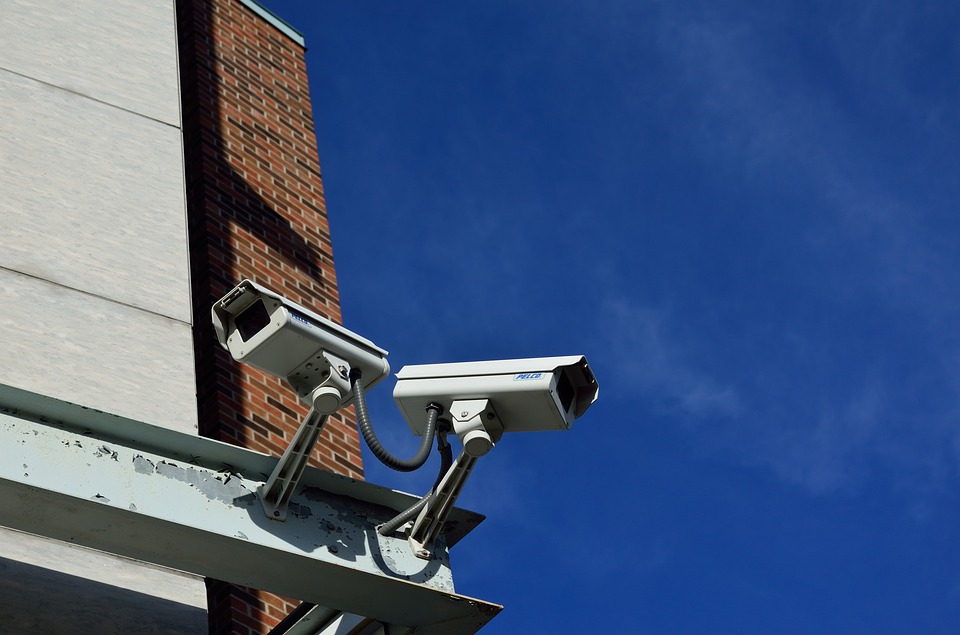Milwaukee A Leader in CCTV Snooping
City has 8 cameras per 1,000 people, more than 28 of 39 large cities studied.
If you like the idea of closed circuit television (CCTV) cameras surveilling a city, you would love Atlanta. That city, with a population of 506,811 people, has 24,800 CCTV cameras, 48.93 cameras per 1,000 people.
Philadelphia was second, with 28,064 cameras watching over its 1,584,064 people — or 17.72 cameras per 1,000 people.
But that was far more than 39th ranked Austin (3.95 cameras per 1,000 people) or Minneapolis (4.16 per 1,000).
The rankings come from a report by Comparitech, whose researchers “looked at the number of fixed CCTV cameras, the number of cameras accessed through real-time crime centers, the number of private cameras within the police force’s network, cameras on public transport facilities, traffic cameras, and streetlight cameras” in the nation’s 50 most populous cities. Eleven cities were ruled out because the data was incomplete.
“We also looked at whether or not the police department in question was utilizing Ring doorbell technology which gives them access to private cameras installed outside the public’s homes” and “can significantly increase a police department’s surveillance reach,” the report notes. And there Milwaukee ranked number one. Of 28 cities that used Ring doorbell technology, Milwaukee was by far the most active, submitting 249 of the 728 requests (34.2 percent) for access by those 28 cities.
“One of the most common arguments for the installation of CCTV cameras is to increase public safety and reduce crime rates,” the report noted. To test this idea the report “compared the number of public CCTV cameras with the crime indices” in cities studied and found “hardly any correlation between higher camera figures and lower crime indexes. Broadly speaking, then, crime rates aren’t reduced by having more cameras in place.”
Yet their ease of use has made them increasingly popular. “The digital age has boosted the prevalence of CCTV surveillance,” an earlier report by Comparitech noted. “Cameras are getting better and cheaper, while live video streams can be remotely accessed, stored on the internet, and passed around. The adoption of face recognition technology makes it possible for both public and private entities to instantly check the identity of anyone who passes by a CCTV camera.”
That study took a look at CCTV use by the 150 most populous cities in the world and found that 18 out of the top 20 most surveilled cities are in China. Ranking first was Taiyuan, with 465,255 cameras in a city 3,891,127 people, or 119.57 cameras per 1,000 people. Wuxi, China was second, with 300,000 cameras surveilling 3,256,020 people, or 92.14 cameras per 1,000 people.
Yet while the high number of Chinese cities on the list comports with its reputation as a controlling dictatorship, ranking third on the list was London, a bastion of western democracy, with 627,727 cameras surveilling 9,304,016 people, 67.47 cameras per 1,000 people.
Milwaukee used a federal block grant to add hundreds of CCTV cameras in the city under former Milwaukee Police Chief Ed Flynn, as Wisconsin Public Radio reported.
The ACLU has expressed concerns about this trend. “What we’ve seen and what particularly concerns civil rights advocates and the ACLU is a growing surveillance state with police having access to an ever-expanding network of cameras,” as Tim Muth, an attorney with ACLU of Wisconsin told the Journal Sentinel.
Some observers are questioning whether the defunding the police movement will lead to law enforcement organizations relying less on brute force and more on techniques like CCTV surveillance. That might not be an improvement, they argue.
If you think stories like this are important, become a member of Urban Milwaukee and help support real, independent journalism. Plus you get some cool added benefits.
Murphy's Law
-
National Media Discovers Mayor Johnson
 Jul 16th, 2024 by Bruce Murphy
Jul 16th, 2024 by Bruce Murphy
-
Milwaukee Arts Groups in Big Trouble
 Jul 10th, 2024 by Bruce Murphy
Jul 10th, 2024 by Bruce Murphy
-
The Plague of Rising Health Care Costs
 Jul 8th, 2024 by Bruce Murphy
Jul 8th, 2024 by Bruce Murphy






















